Loading cattle into a stock trailer is a critical task that requires meticulous planning, the right equipment, and adherence to safety protocols. At CarMax Trailer, we understand the intricacies involved in ensuring the safe and efficient transportation of livestock. This guide provides a step-by-step approach to loading cattle, optimizing both animal welfare and handler safety.
Table of Contents
- Preparation Before Loading
- Selecting the Right Stock Trailer
- Essential Loading Equipment
- Step-by-Step Loading Process
- Safety Protocols for Handlers and Cattle
- Post-Loading Procedures
- Common Mistakes and How to Avoid Them
- Maintenance Tips for Stock Trailers
- Conclusion
- Frequently Asked Questions
Preparation Before Loading
Effective loading begins long before the cattle approach the trailer. Comprehensive preparation ensures a seamless process, minimizing stress for the animals and reducing the risk of accidents.

Assessing Cattle Condition
Before loading, evaluate the health and temperament of your cattle. Cattle exhibiting signs of illness or extreme agitation require special handling to prevent injury.
Planning the Route
Map out the transportation route, considering road conditions, distances, and potential hazards. Ensure that the chosen path is suitable for the size and type of your stock trailer.
Training and Staffing
Ensure that all handlers are adequately trained in cattle loading techniques and safety measures. Experienced personnel can significantly reduce loading time and improve safety outcomes.
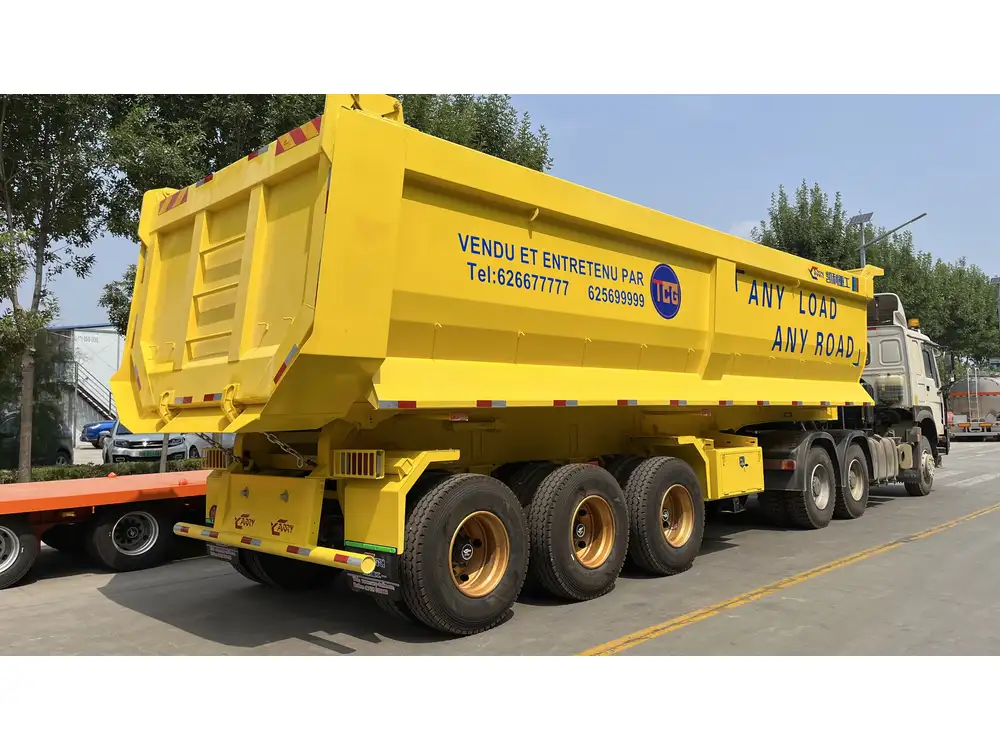
Selecting the Right Stock Trailer
The choice of stock trailer plays a pivotal role in the loading process. CarMax Trailer offers a variety of stock trailers designed to cater to different livestock transportation needs.
Trailer Dimensions and Capacity
Select a trailer that accommodates the number of cattle you intend to transport. Overcrowding can lead to stress and increased risk of injury.
Ventilation and Lighting
Proper ventilation is essential to maintain air quality inside the trailer. Well-placed windows and vents facilitate airflow, while adequate lighting ensures visibility during loading and unloading.

Flooring and Traction
Non-slip flooring with adequate traction minimizes the risk of cattle slipping. Rubber matting or textured surfaces are ideal choices to provide stability.
Safety Features
Incorporate features such as secure fencing, loading ramps, and gates that facilitate easy and safe entry for cattle.
| Feature | Importance |
|---|---|
| Dimensions | Ensures adequate space, reducing stress and injury risks. |
| Ventilation | Maintains air quality, preventing respiratory issues during transit. |
| Flooring | Provides traction, reducing slips and falls. |
| Safety Fencing | Prevents cattle from escaping, ensuring secure transportation. |
| Loading Ramps | Facilitates smooth entry, minimizing stress on animals. |
Essential Loading Equipment
To load cattle efficiently, having the right equipment is paramount. CarMax Trailer equips stock trailers with various tools to aid in the loading process.

Loading Ramps and Chutes
Ramps provide a gentle incline for cattle to enter the trailer, while chutes guide them smoothly, reducing resistance and fear.
Gates and Doors
Strategically placed gates allow for controlled entry and exit, preventing crowding and facilitating sequential loading.
Restraints and Halters
Using restraints ensures that cattle move in an orderly fashion, minimizing panic and preventing injuries.

Ventilation Systems
Integrated fans and vents help maintain a comfortable environment, especially during long transports or in hot weather conditions.
Step-by-Step Loading Process
A systematic approach to loading cattle ensures safety and efficiency. Follow these detailed steps to load cattle into a stock trailer:
Step 1: Prepare the Trailer
- Inspection: Check the trailer for any maintenance issues, ensuring that all parts are functional.
- Cleanliness: Ensure the interior is clean to prevent injuries and reduce stress for the cattle.
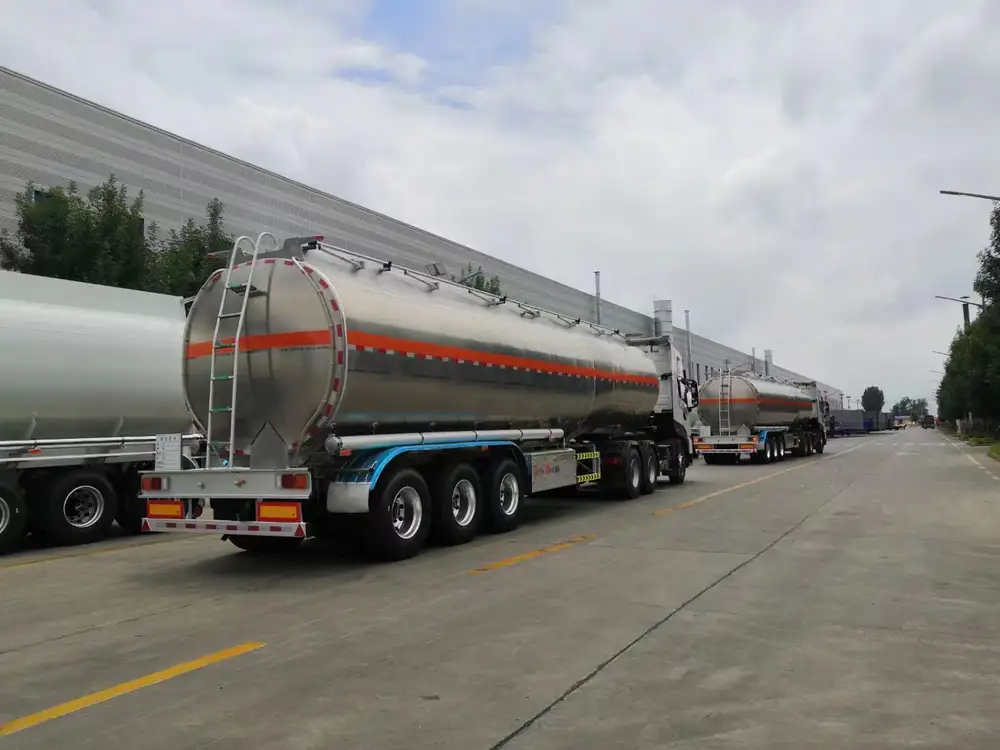
Step 2: Position the Trailer
- Alignment: Align the trailer with the loading area to facilitate easy access.
- Stability: Use wheel chocks to stabilize the trailer, preventing movement during loading.
Step 3: Lead the Cattle
- Calm Handling: Use calm, assertive movements to guide cattle towards the ramp.
- Visual Barriers: Employ barriers or fencing to guide the flow of cattle, reducing confusion.
Step 4: Direct Cattle into the Trailer
- Sequential Loading: Load cattle in a single file to maintain order.
- Gentle Guidance: Use flags or paddles to guide cattle without causing stress.

Step 5: Secure the Cattle
- Restraints: Ensure all cattle are securely positioned to prevent movement during transit.
- Monitoring: Continuously monitor cattle to address any signs of distress.
Step 6: Close and Secure the Trailer
- Gates and Doors: Close all gates and doors securely, double-checking locks.
- Final Inspection: Perform a last-minute check to ensure all cattle are safely loaded.
Safety Protocols for Handlers and Cattle
Safety is paramount in the loading process, safeguarding both the handlers and the cattle.
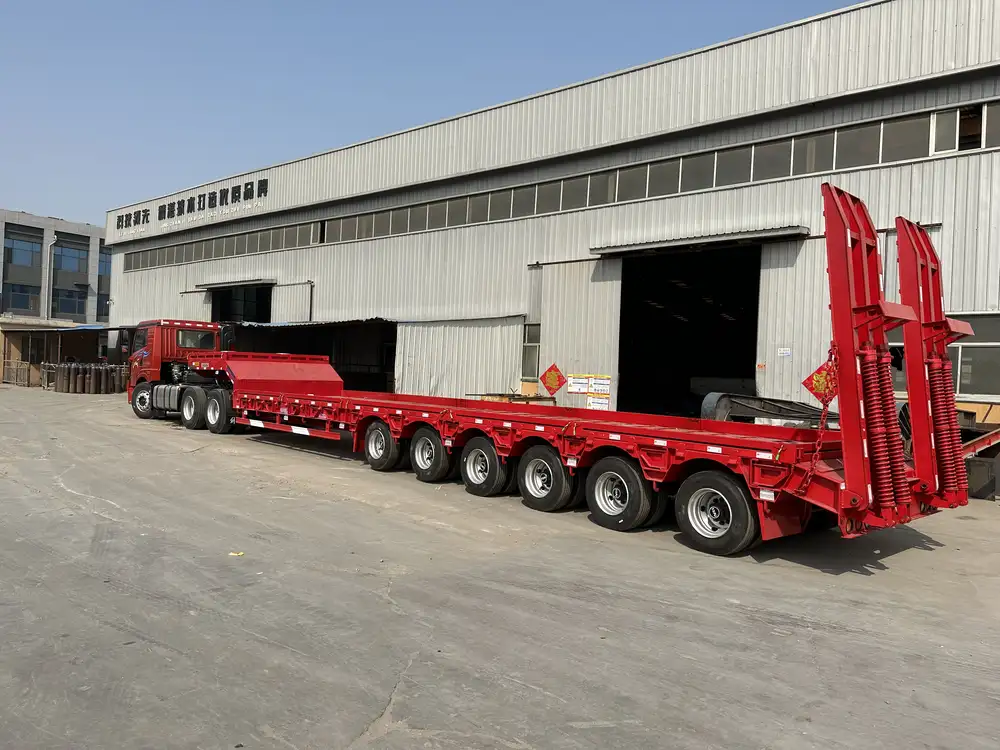
Handler Safety
- Protective Gear: Wear appropriate clothing, including sturdy boots and gloves.
- Awareness: Stay alert to cattle behavior, anticipating movements to prevent accidents.
- Proper Training: Regularly train handlers in cattle handling techniques and emergency procedures.
Cattle Welfare
- Stress Reduction: Minimize loud noises and sudden movements to reduce stress.
- Hydration: Ensure cattle have access to water before and after loading.
- Regular Breaks: During long transports, schedule breaks to allow cattle to rest and hydrate.
Emergency Preparedness
- First Aid Kits: Keep a well-stocked first aid kit accessible in case of injuries.
- Communication Devices: Equip handlers with communication tools to respond promptly to emergencies.
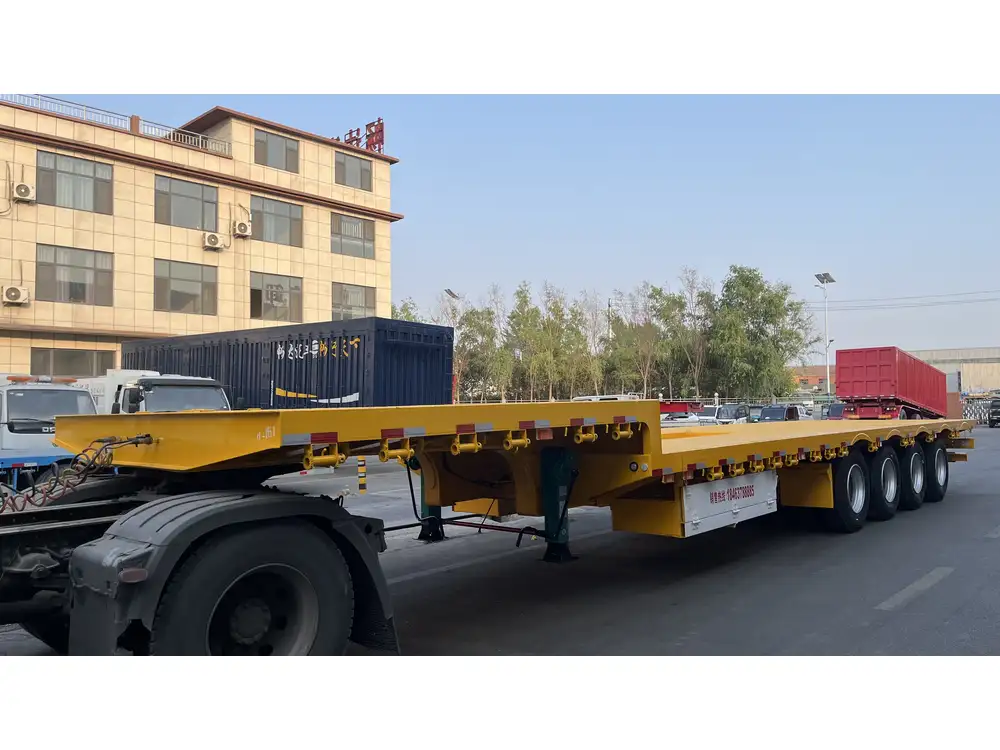
Post-Loading Procedures
After successfully loading the cattle, specific steps ensure their continued safety throughout the journey.
Final Trailer Inspection
- Secure Fit: Verify that all restraints and gates are properly secured.
- Ventilation Check: Ensure that ventilation systems are functioning correctly.
Documentation
- Transport Records: Maintain accurate records of the cattle being transported, including health status and identification details.
- Regulatory Compliance: Ensure all necessary permits and documentation are in order as per local regulations.
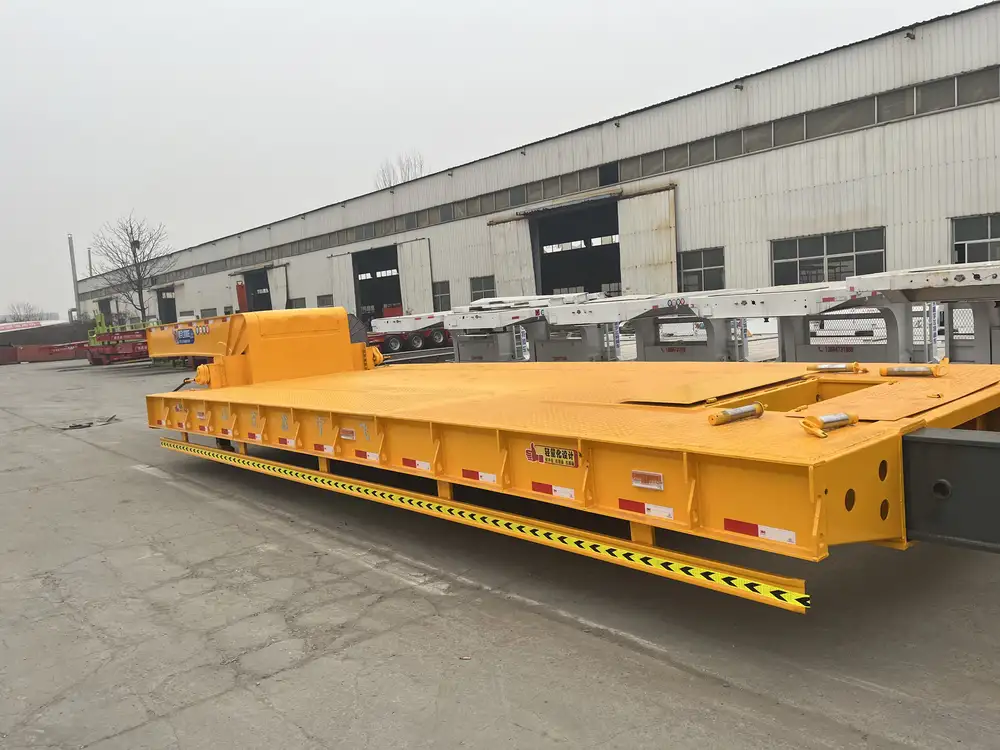
Departure Protocol
- Smooth Departure: Accelerate gently to prevent sudden movements that could distress the cattle.
- Continuous Monitoring: Monitor trailer conditions and cattle behavior throughout the journey.
Common Mistakes and How to Avoid Them
Avoiding common pitfalls can significantly enhance the loading process’s efficiency and safety.
Overcrowding the Trailer
Solution: Adhere to recommended capacity limits, ensuring each animal has adequate space to move comfortably.

Inadequate Ventilation
Solution: Regularly check and maintain ventilation systems, adjusting based on weather conditions.
Rushing the Loading Process
Solution: Allocate sufficient time for loading, avoiding haste that can lead to mistakes and accidents.
Poor Trailer Maintenance
Solution: Implement a routine maintenance schedule for all trailer components, addressing issues promptly.

Insufficient Training
Solution: Invest in regular training programs for handlers, keeping them updated on best practices and safety protocols.
Maintenance Tips for Stock Trailers
Proper maintenance of your stock trailer ensures longevity and optimal performance, directly impacting the safety of transported cattle.
Regular Cleaning
- Interior Cleaning: Remove debris and waste after each use to maintain a hygienic environment.
- Exterior Washing: Clean the trailer exterior to prevent rust and corrosion.

Inspection Schedule
- Daily Inspections: Check for visible damages or wear and tear before each loading.
- Monthly Maintenance: Conduct comprehensive inspections, replacing or repairing parts as needed.
Tire and Brake Maintenance
- Tire Pressure: Regularly monitor and maintain appropriate tire pressure for safe transportation.
- Brake Functionality: Test brakes frequently to ensure they respond effectively under load.
Rust Prevention
- Protective Coatings: Apply rust-resistant coatings to vulnerable parts.
- Storage Solutions: Store trailers in sheltered areas to reduce exposure to harsh weather conditions.
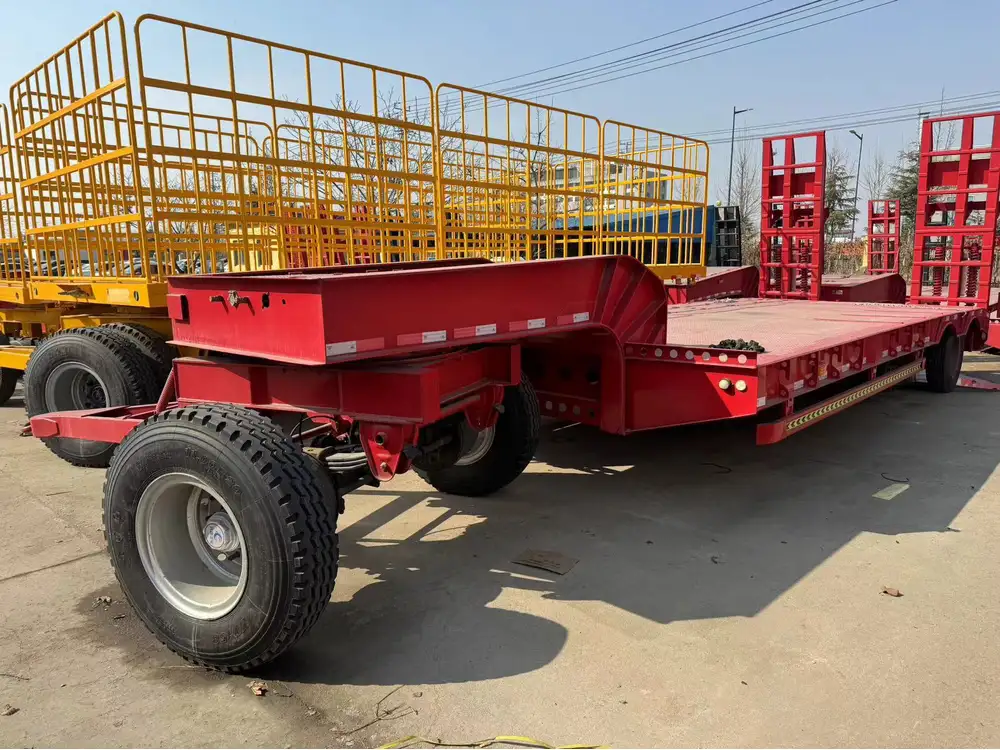
Conclusion
Loading cattle into a stock trailer is a multifaceted process that demands careful preparation, the right equipment, and adherence to safety protocols. At CarMax Trailer, we are committed to providing top-quality stock trailers designed to facilitate safe and efficient livestock transportation. By following the comprehensive steps outlined in this guide, handlers can ensure the welfare of their cattle while safeguarding their well-being during transit.
Frequently Asked Questions
1. What is the ideal space allocation per cow in a stock trailer?
Each cow should have approximately 40-50 square feet of space. This ensures they can stand comfortably without overcrowding, reducing stress and the risk of injury during transport.
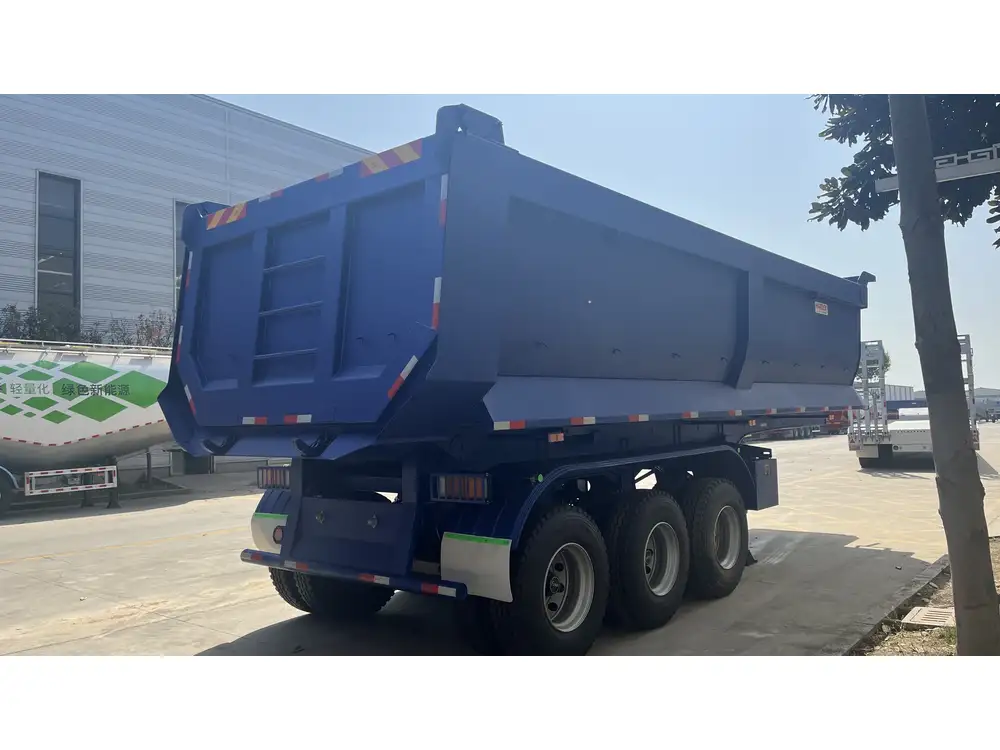
2. How can I minimize stress for cattle during loading?
To minimize stress, maintain a calm environment, use proper loading techniques, limit the time spent loading, and ensure that the trailer is well-ventilated and clean.
3. What are the best practices for securing cattle in the trailer?
Use sturdy restraints that prevent excessive movement, position cattle evenly to maintain balance, and regularly monitor their condition throughout the journey.
4. How often should I inspect my stock trailer for maintenance?
Perform daily inspections for obvious issues before each use and conduct a thorough maintenance check at least once a month to address any underlying problems.
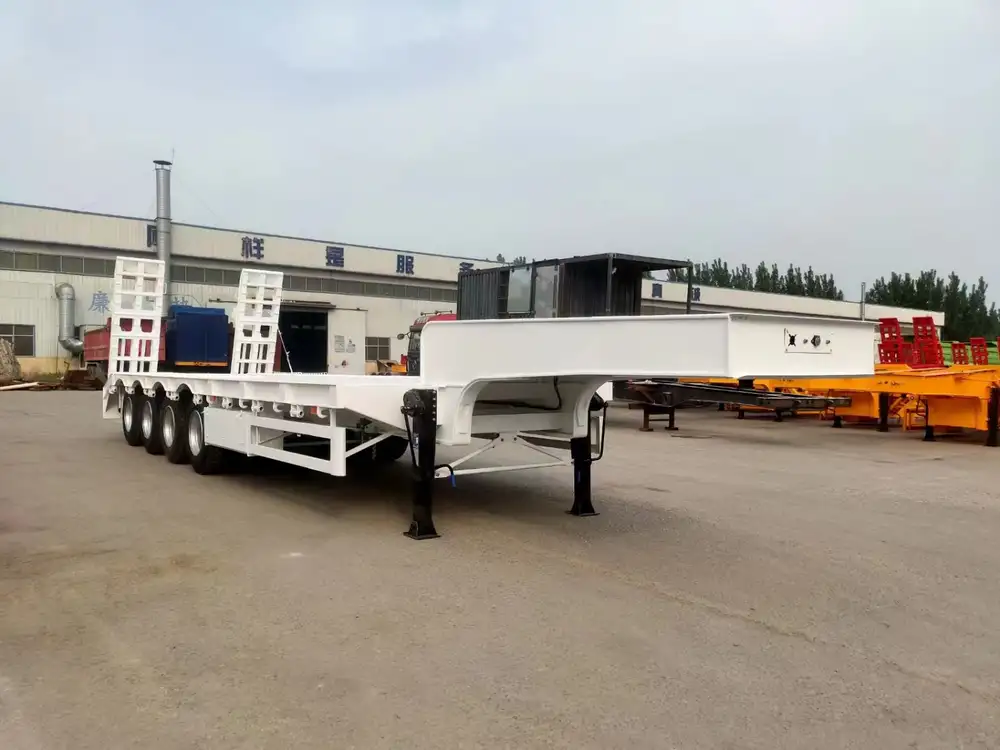
5. Are there specific regulations for transporting cattle that I need to follow?
Yes, regulations vary by region but generally include requirements for adequate space, ventilation, and humane treatment. It’s essential to familiarize yourself with local transportation laws to ensure compliance.



